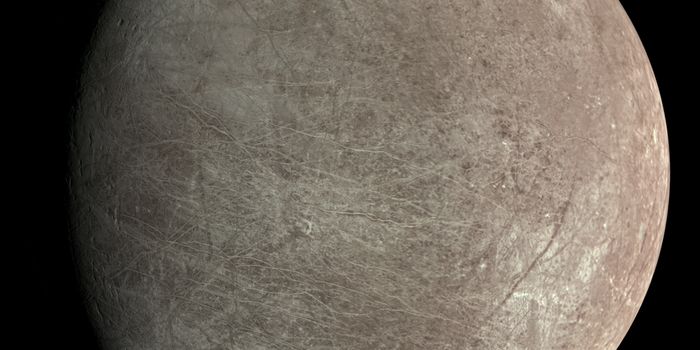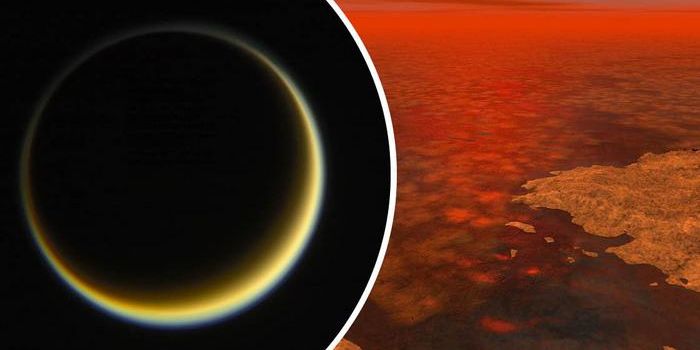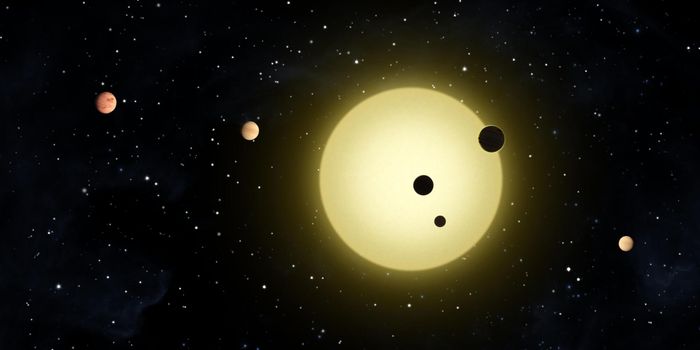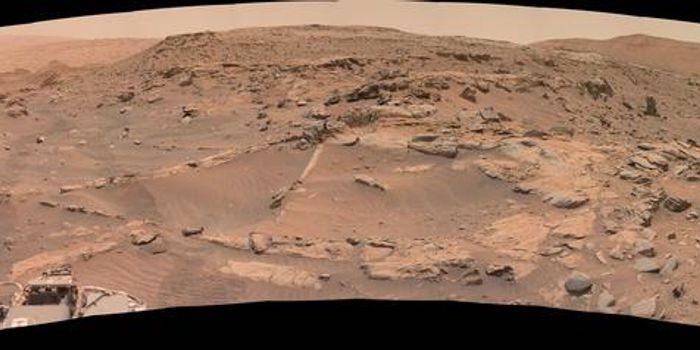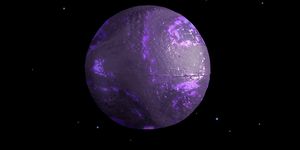Astronomers Baffled Over Earth-Orbiting 'Empty Trash Bag'-like Object
There’s no shortage of space junk encircling our planet, but one piece in particular first spotted by the Asteroid Terrestrial-impact Last Alert System (ATLAS) in Haleakala, Hawaii appears to have captivated the interest of astronomers. It’s being called A10bMLz, and it’s generating the buzz that it is because it allegedly resembles the unique physiognomies of an ‘empty trash bag’ being tossed about by the wind here on Earth.
Image Credit: ESA
While you’d be hard-pressed to find an actual trash bag floating around in the depths of space, astronomers aren’t sure what to make of A10bMLz. With no rhyme or rhythm to its movements, this low-mass, high-surface-area mystery object weighs close to nothing and appears to shift capriciously as it orbits the Earth. Consequently, it was officially categorized as an ‘empty trash bag object.’
Related: Cleaning space junk with... magnets?
A statement published by the Northolt Branch Observatories on Facebook claims that the object follows a highly-elliptical retrograde orbit with an average distance of 262,000 kilometers from the Earth’s surface. The highly-elliptical orbit means that A10bMLz doesn’t orbit our planet in a perfect circle and that its distance from Earth varies depending on its position in orbit.
At its closest approach during orbit, also known as the perigee, A10bMLz gets within just 600 kilometers of Earth’s surface. The apogee of the object’s eccentric orbit places it as far away as 1.4 lunar distances.
“The available data shows that this object has an extremely high area-to-mass ratio of 35 m²/kg, indicating that it is extremely light-weight (with a mass of less than 1 kg), but several meters across,” The Northolt Branch Observatories wrote. “This suggests that it is what is known as an "empty trash bag object": A piece of light material (probably metallic foil), left over from a rocket launch. It is not clear yet when A10bMLz has been launched.”
Related: RemoveDebris spacecraft successfully nets a piece of space junk for the first time
As noted, A10bMLz is most likely a piece of leftover metallic foil from a previous space mission. Unfortunately, there’s no way to discern how long the object has called space its home or from which rocket launch it might’ve originated.
Notably, A10bMLz’s physical properties make it particularly susceptible to external influences like solar radiation pressure. In essence, it responds much like a solar sail, and this makes it challenging to predict the object’s trajectory because it could deviate at any time. For all we know, it could enter Earth’s atmosphere and burn up the next time it comes around.
It's not the first time astronomers have laid eyes on an empty trash bag object in space, but its highly-elliptical orbit sets it apart from the rest. Other objects of this nature tend to stay closer to Earth, but A10bMLz gets astoundingly far out there for one reason or another.
It should be interesting to see what astronomers can make of A10bMLz as observations continue.
Source: Northolt Branch Observatories via Live Science


